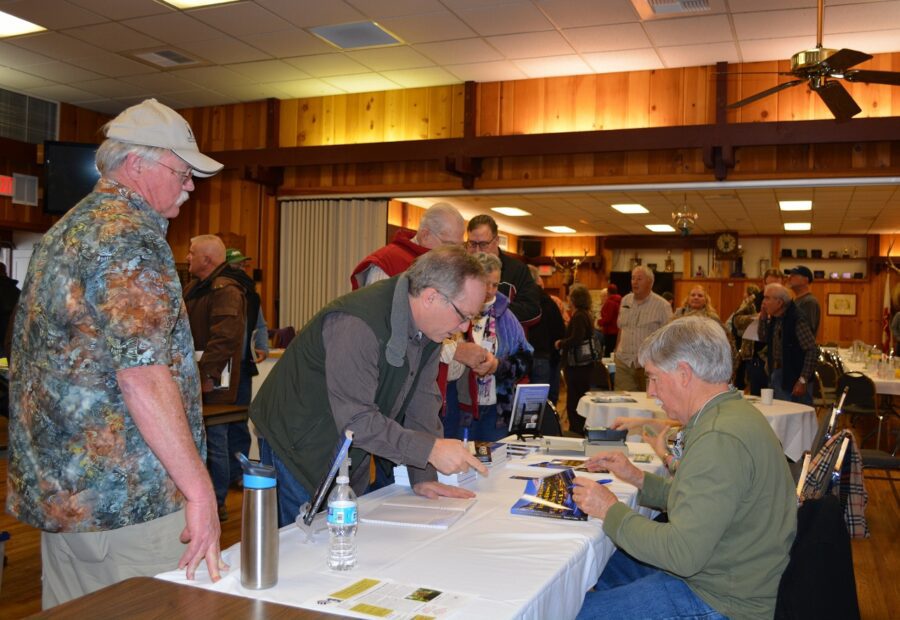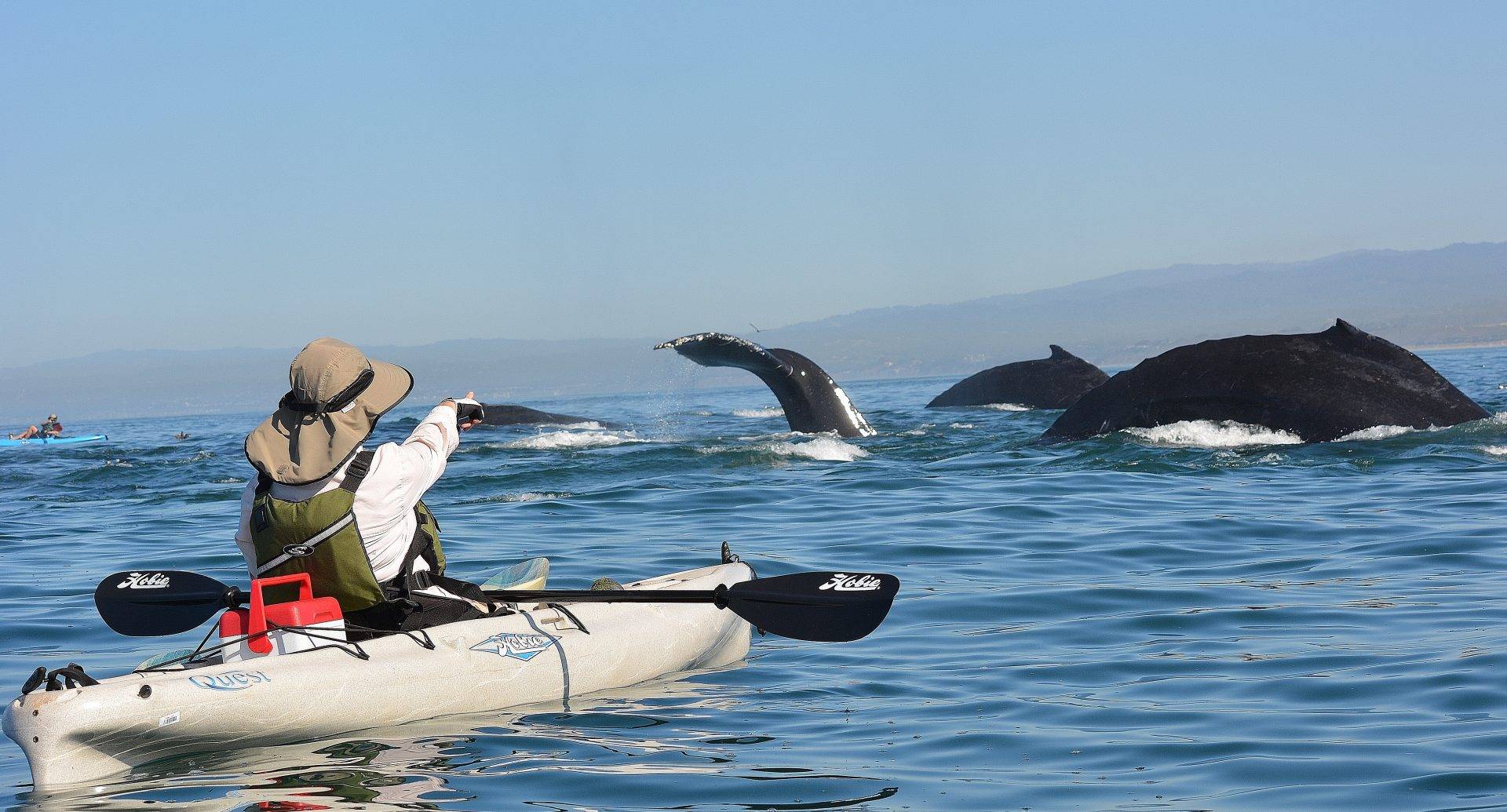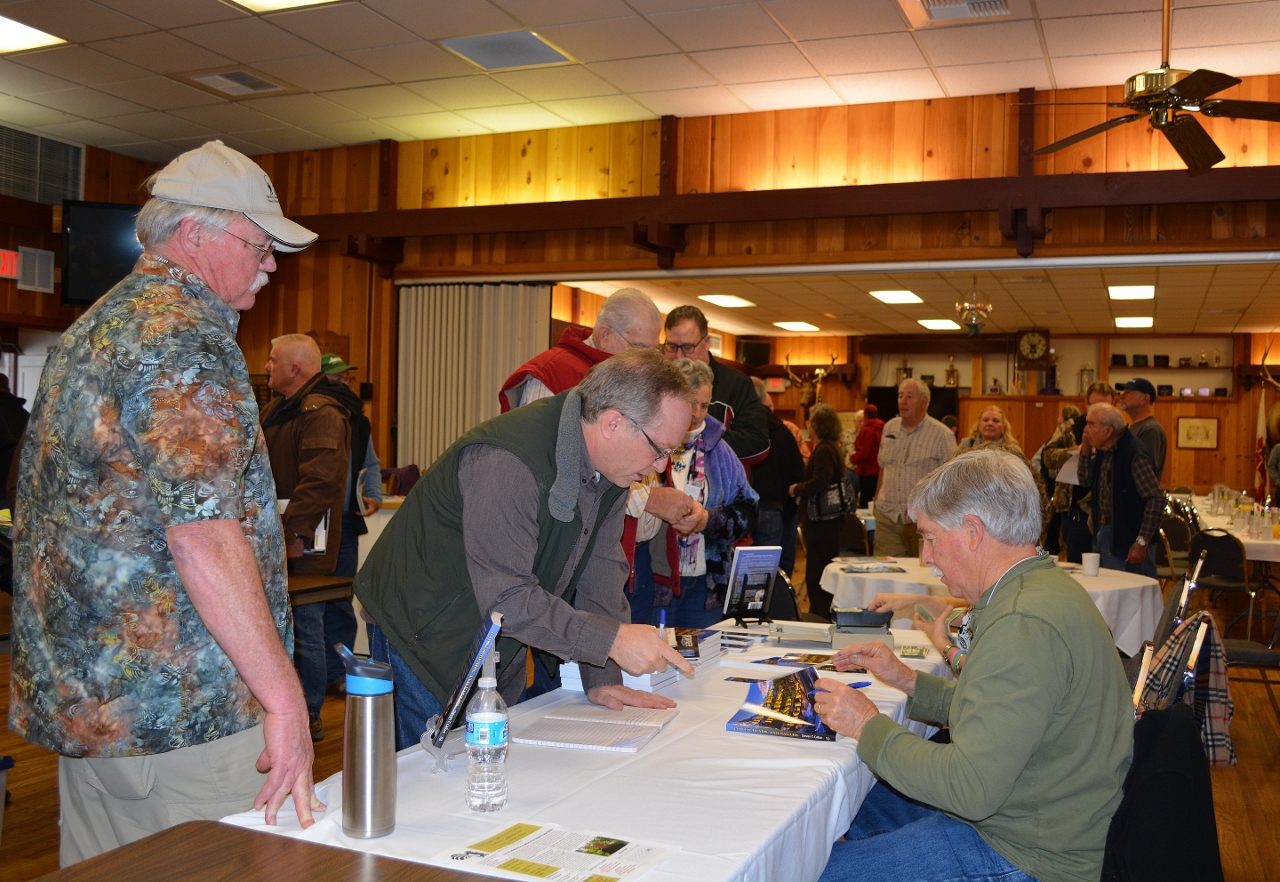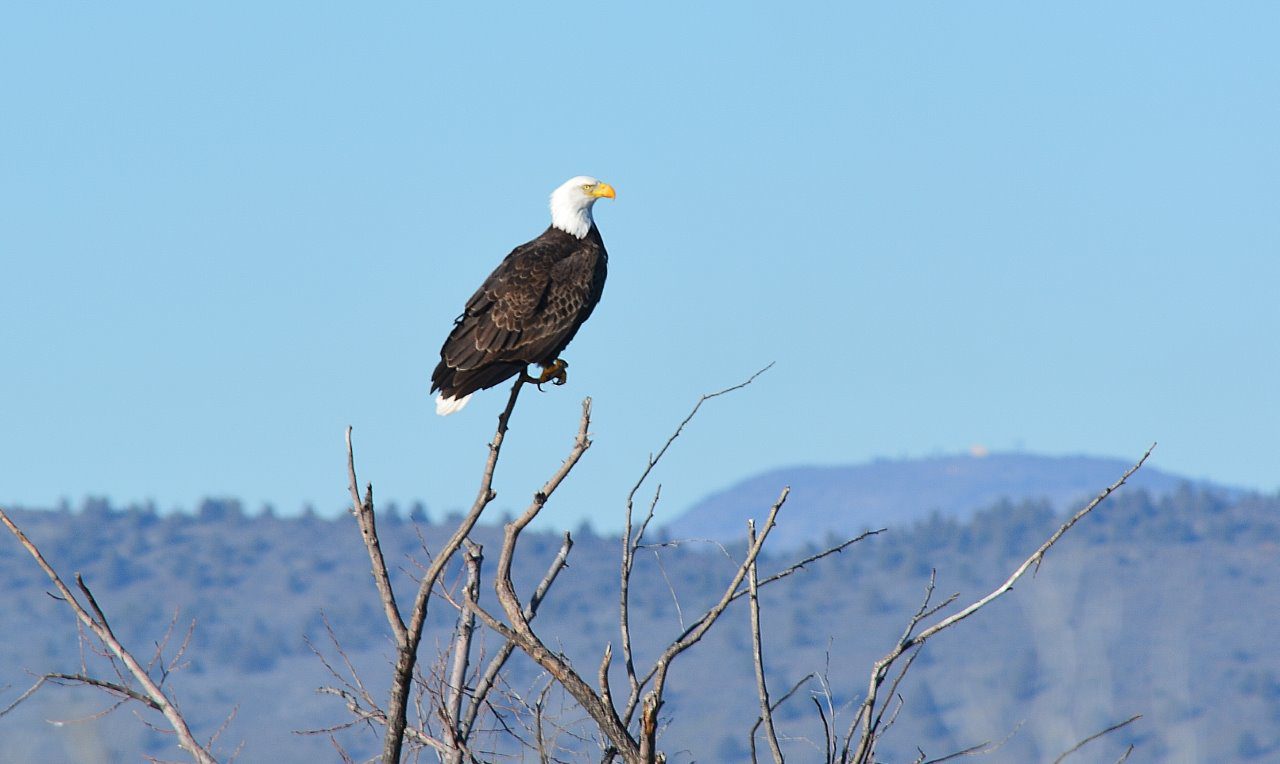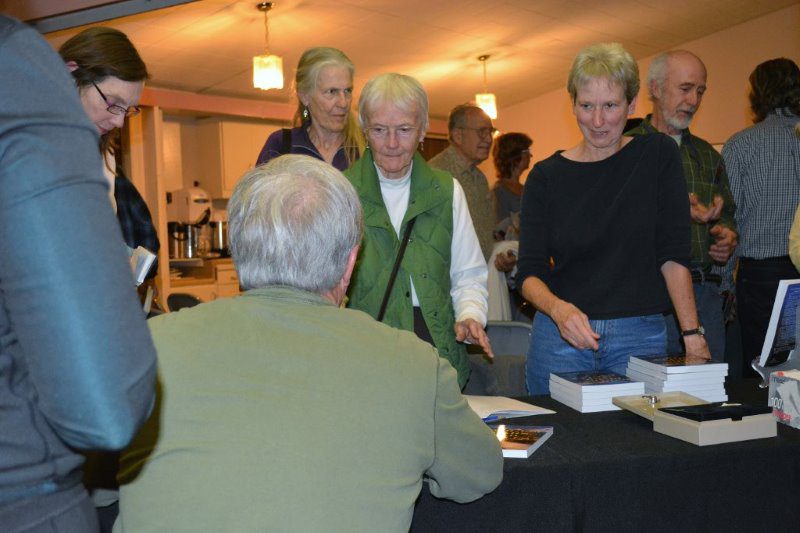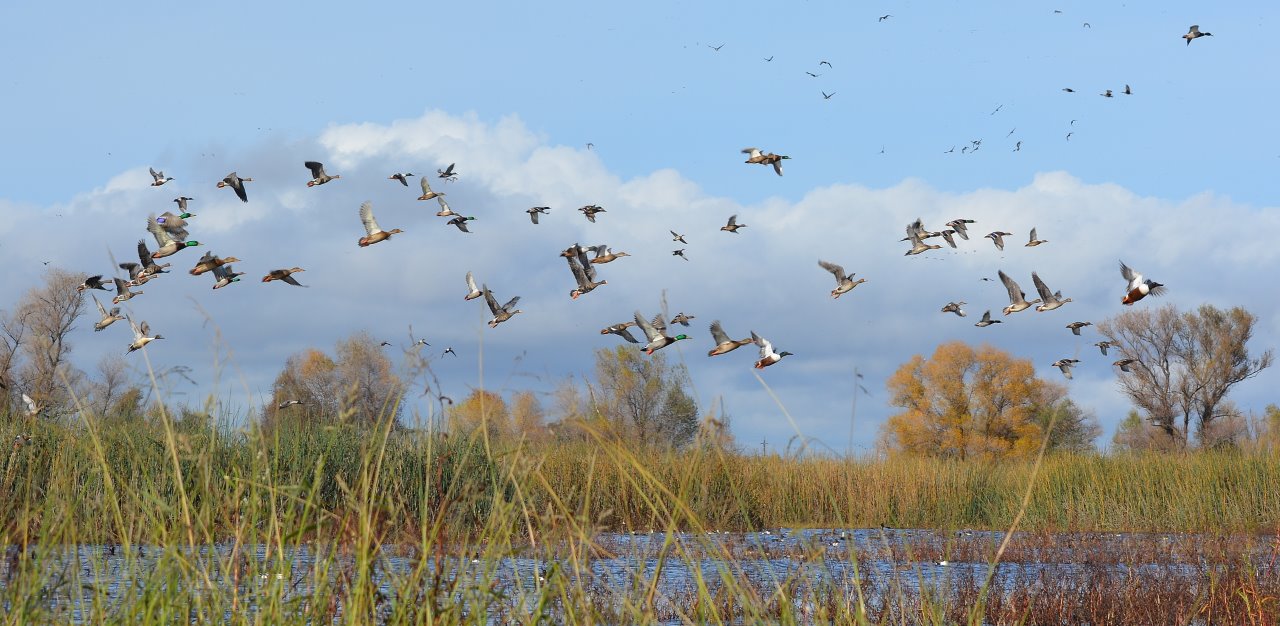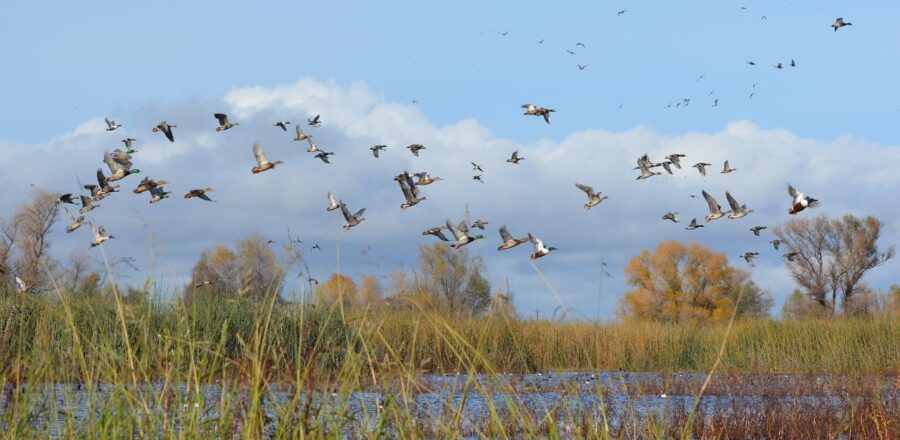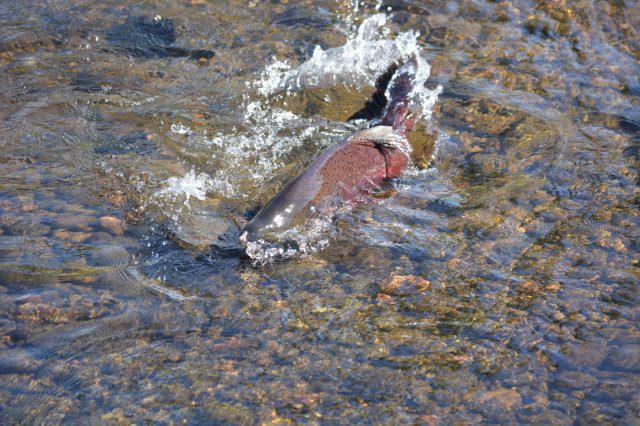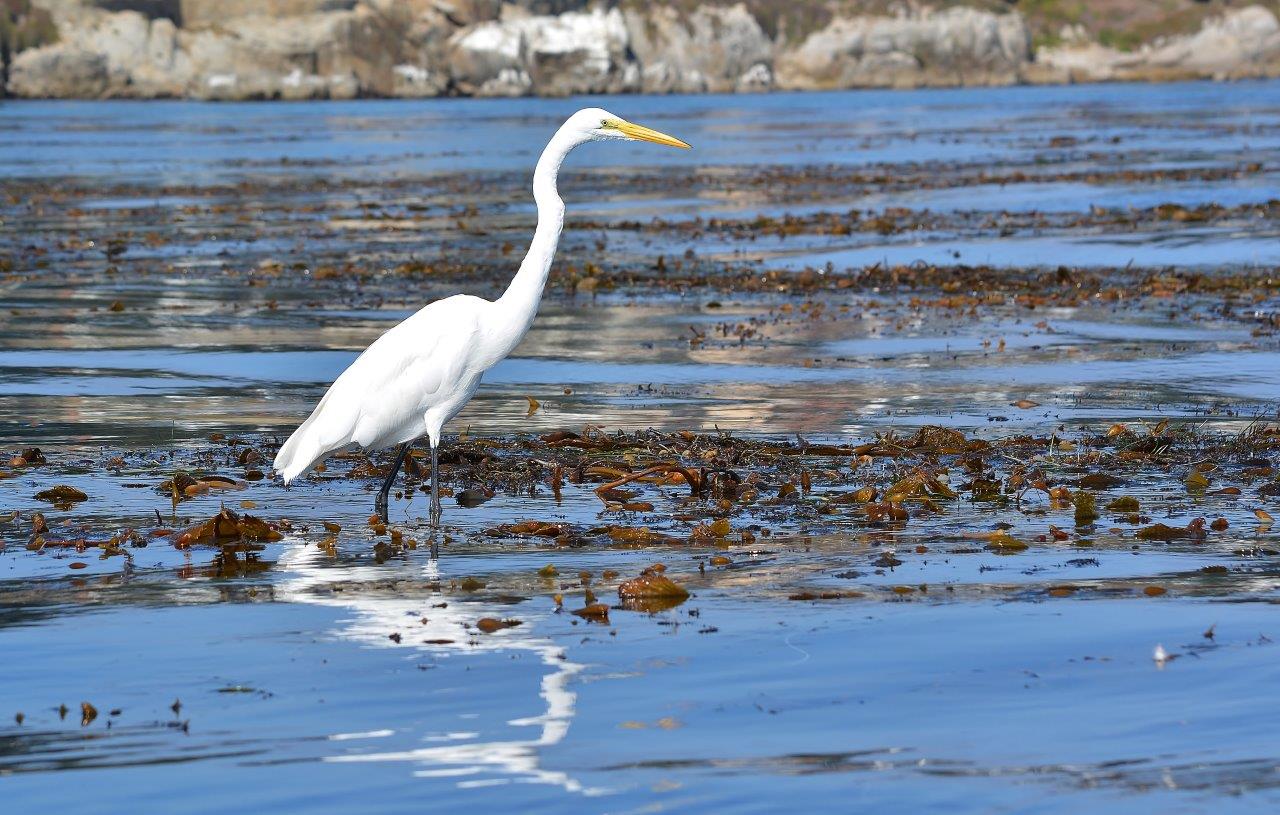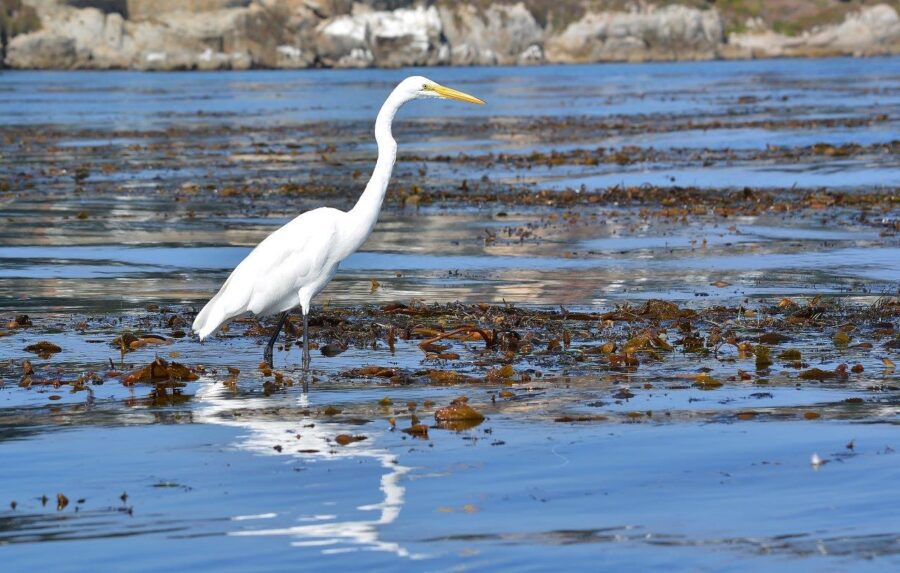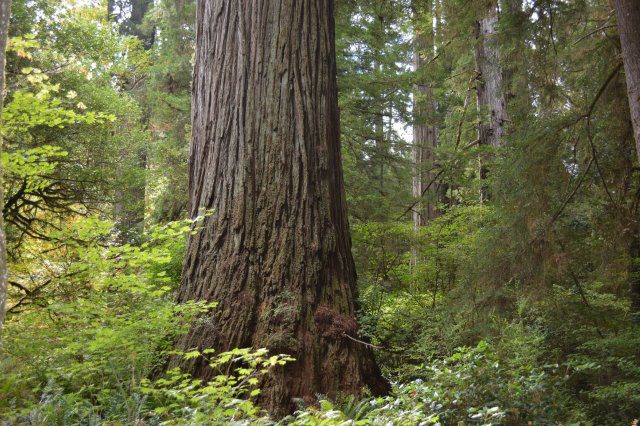
One of the largest trees on Earth: Old-growth redwood in Jedediah Smith Redwoods State Park, California. Photo by author.
Kathy and I recently attended the Outdoor Writers Association of California (OWAC) fall conference on the aptly-named Wild Rivers Coast. Stretching from Port Orford, Oregon to Klamath, California, the Wild Rivers Coast is 101 miles of incredibly beautiful coastline. Eight of America’s most renowned salmon and steelhead streams course through this magical land of tall trees and spectacular seascapes: the Sixes, Elk, Rogue, Pistol, Chetco, Winchuck, Smith, and Klamath Rivers. For an outdoor enthusiast who loves to write, paint, fish, kayak, bird watch, and walk on the beach, this may have been as close to nirvana as I will ever come.
